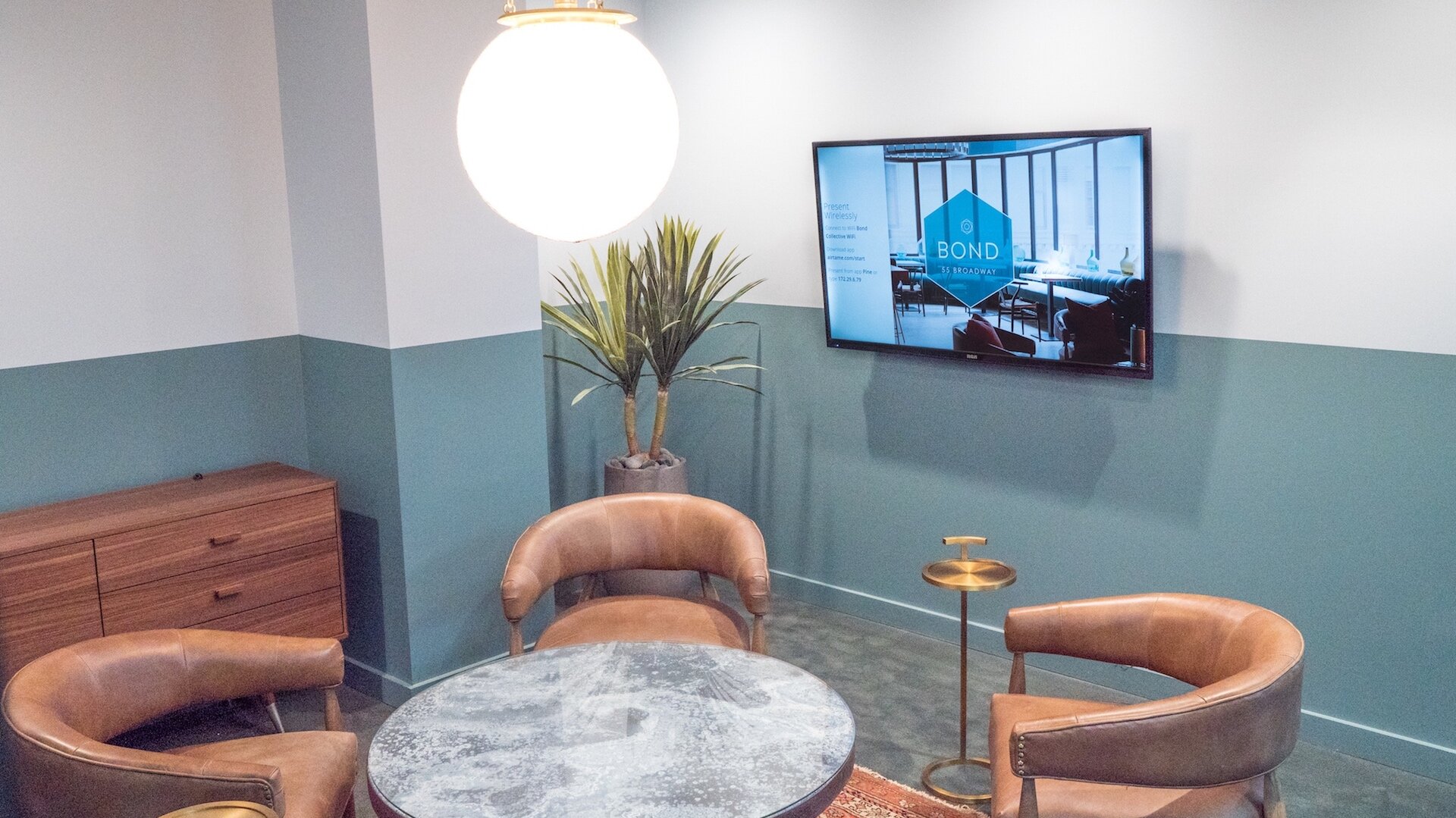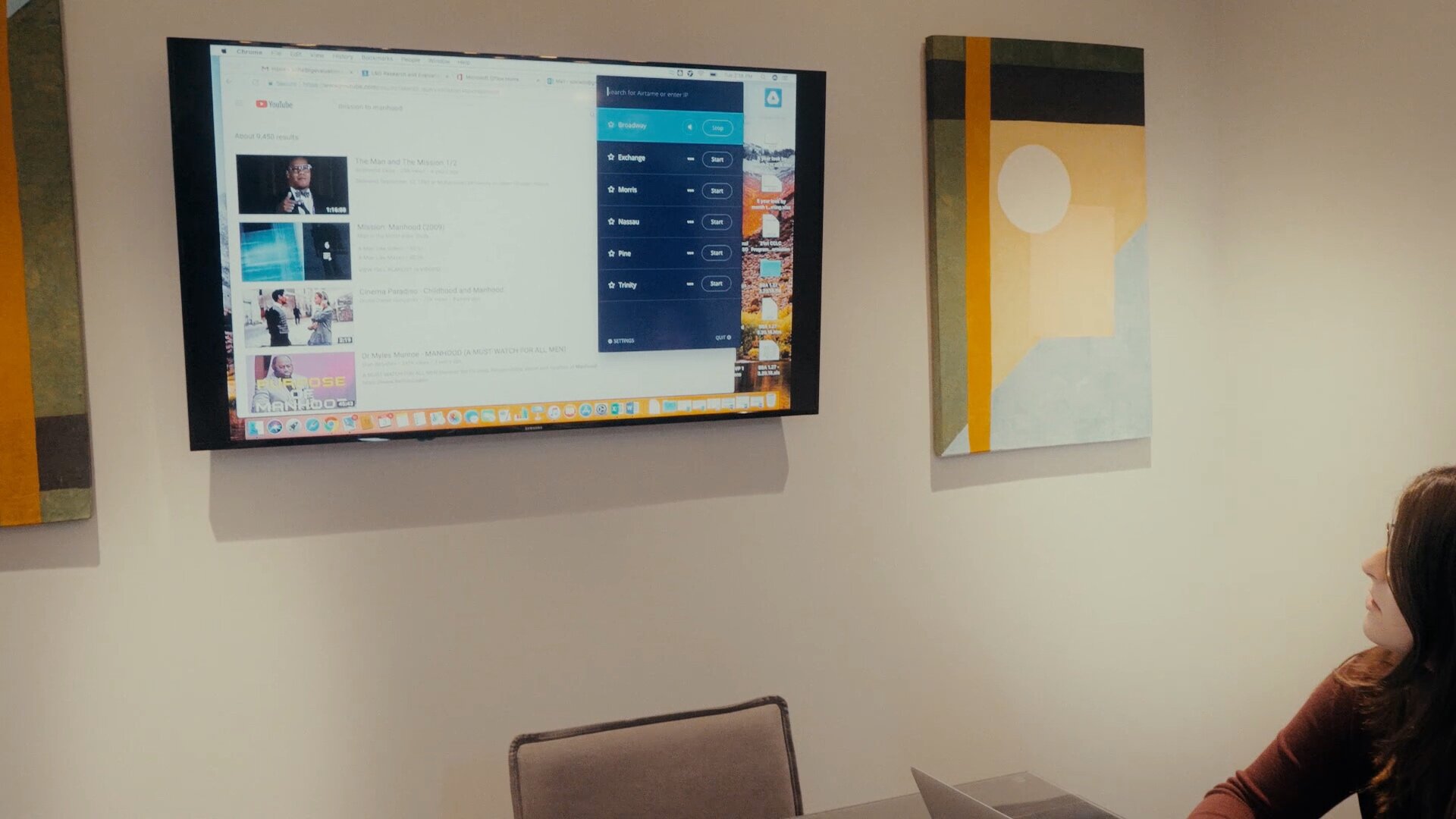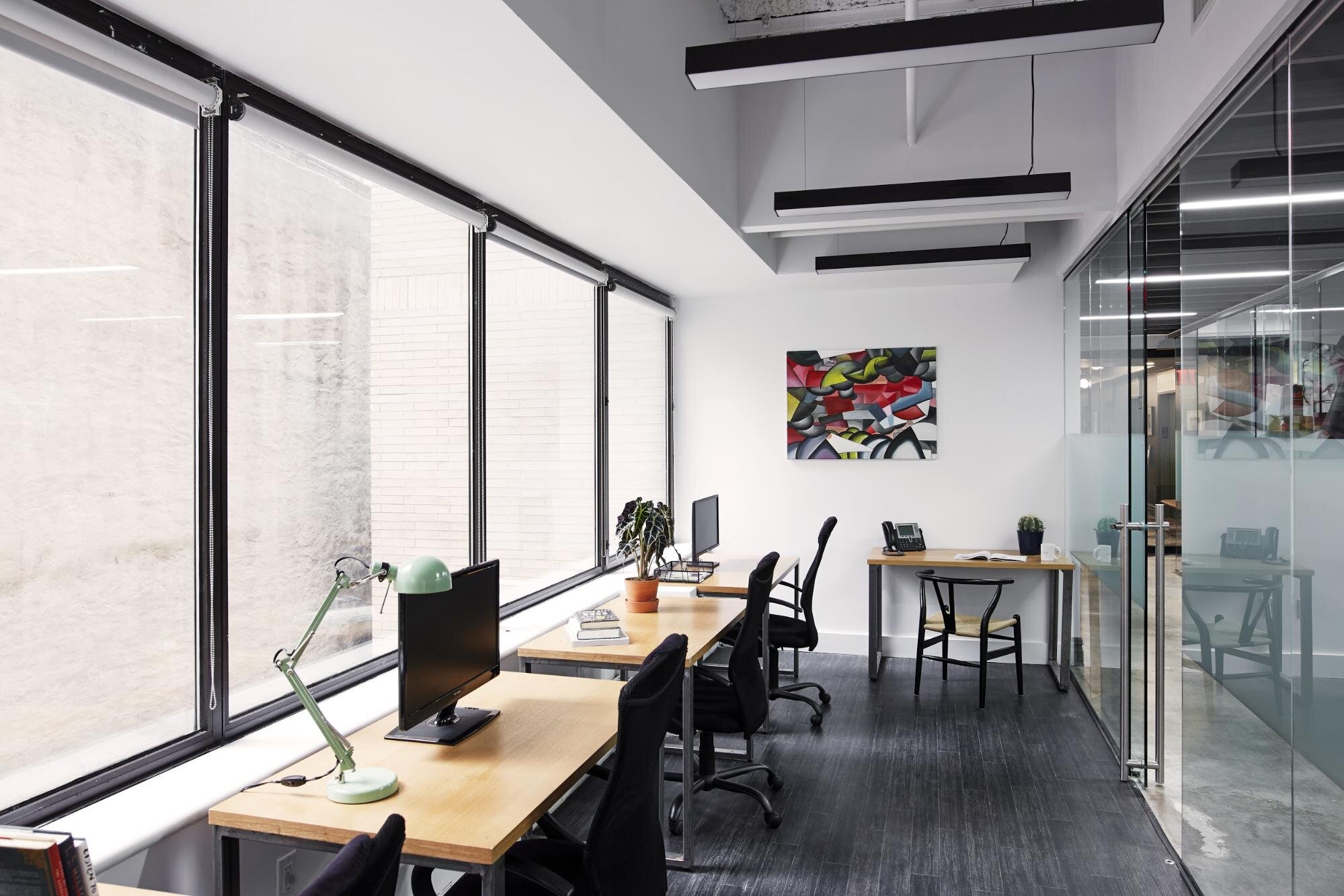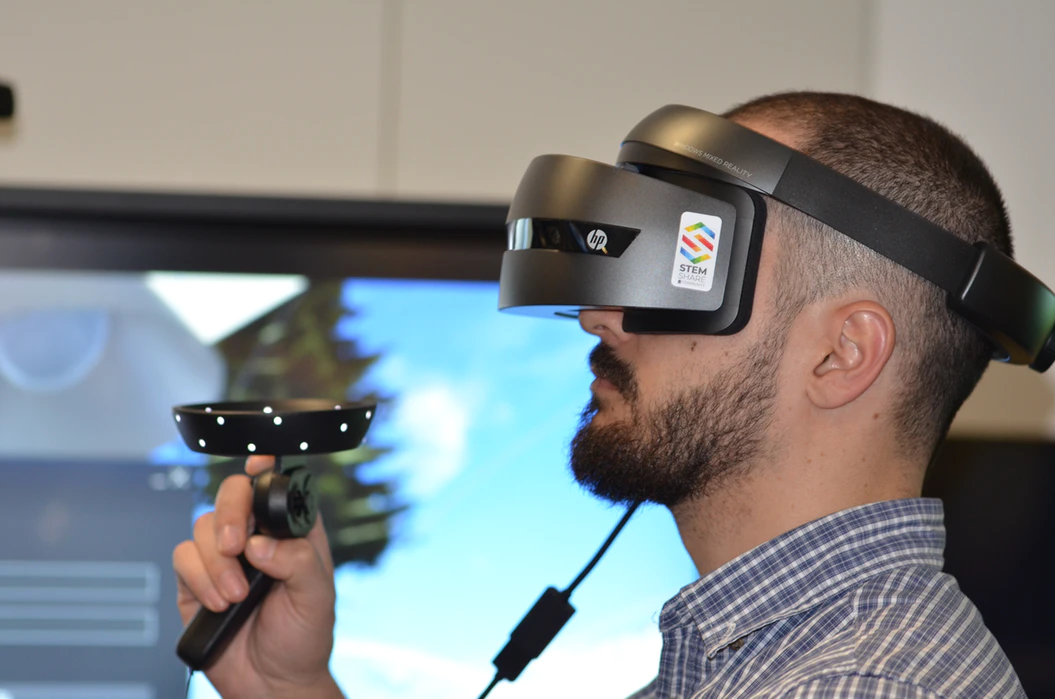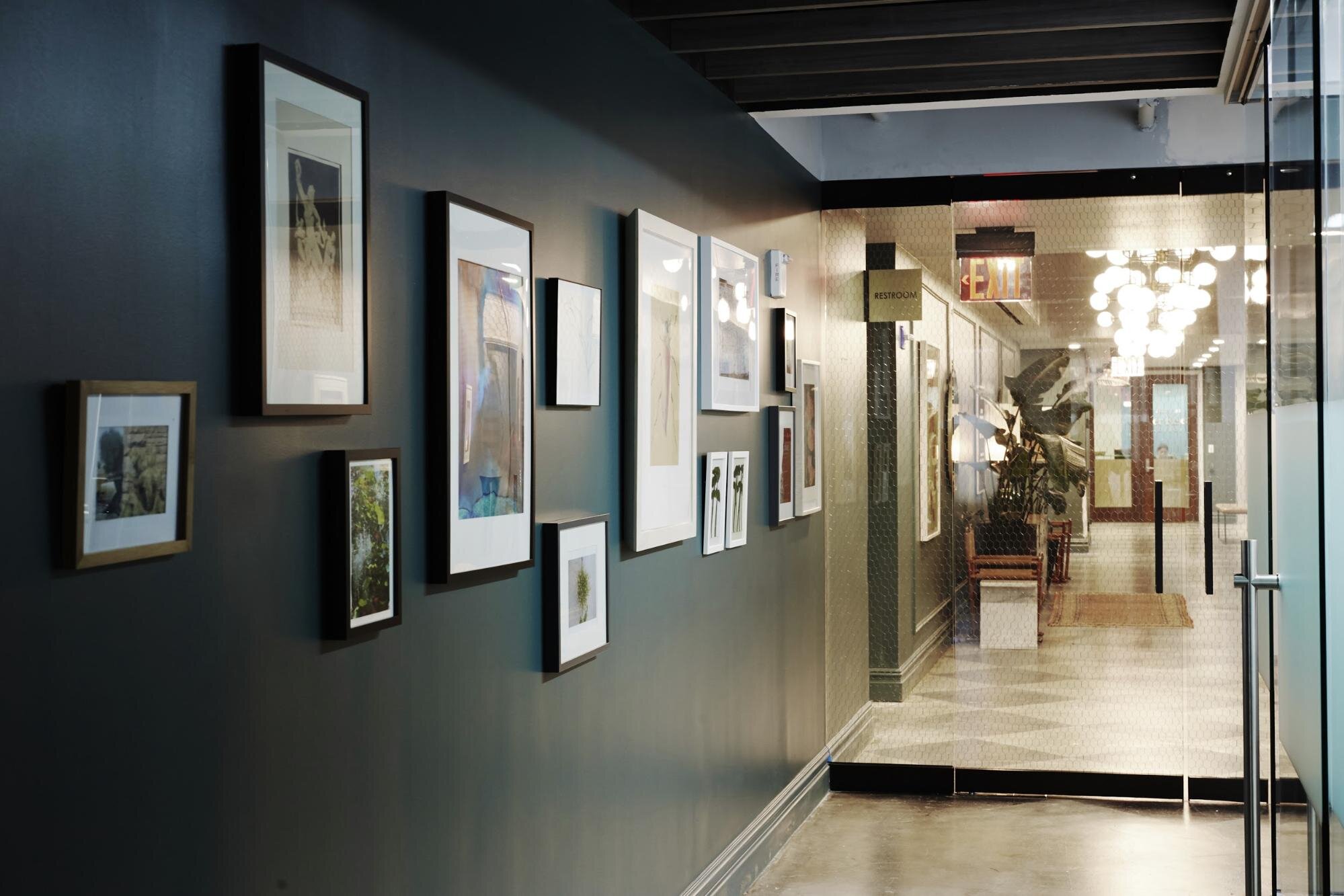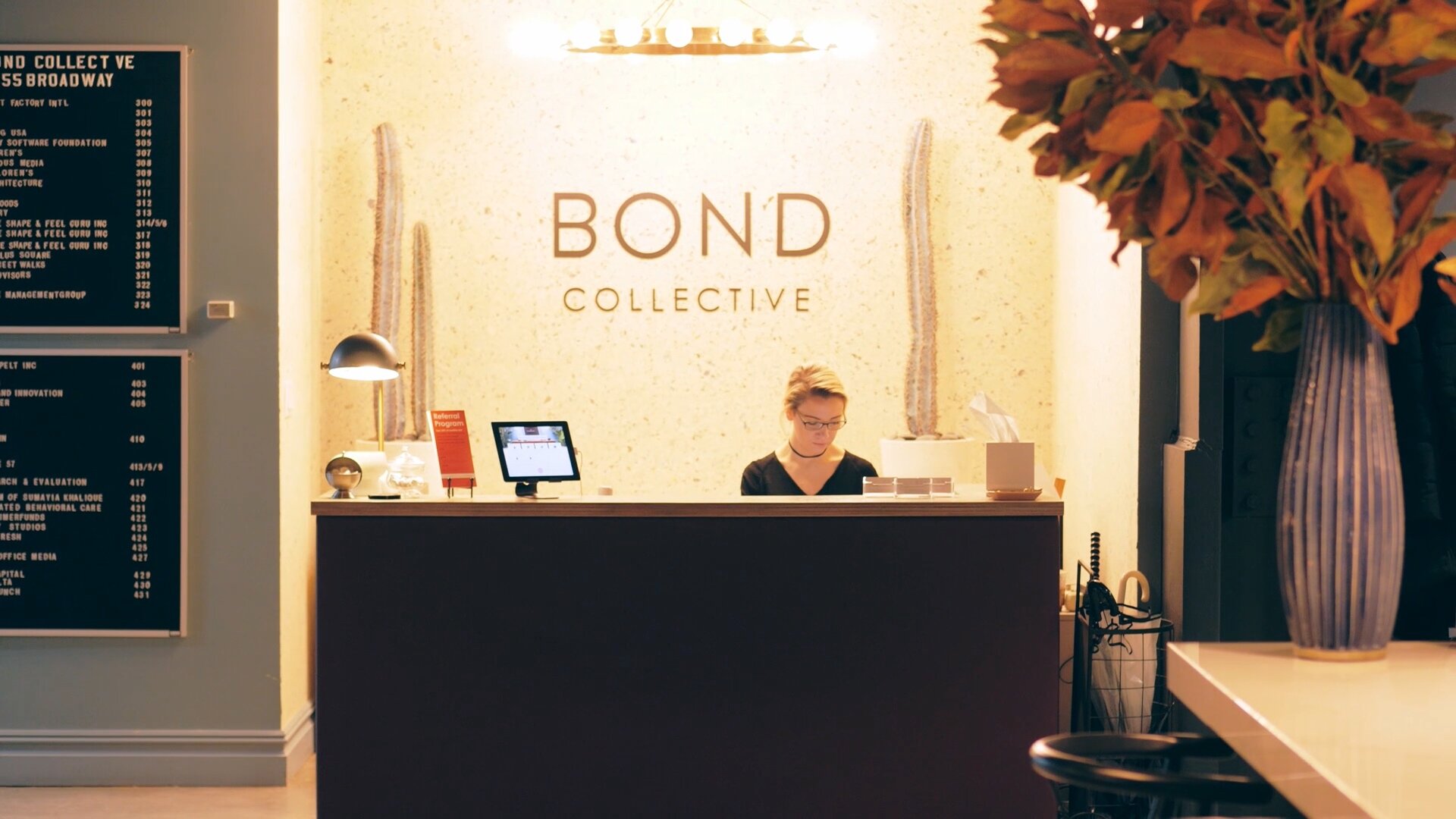By Bond Collective Staff
The modern innovative office is more than just a place to sit and do work. It’s a tool that promotes productivity, engagement, focus, collaboration, and growth.
Office spaces have changed over the decades to accommodate new technology and promote a better way for employees to work. To this day, the modern office continues to evolve as businesses try new things to reduce stress and improve performance.
The unique thing about the innovative office is that it’s different for every company. What works for one business might not work for another. A great deal of what makes an innovative office effective depends on company culture and how employees like to work.
In this article, the office-space experts at Bond Collective introduce you to six innovative office solutions for the 21st-century business.
6 Innovative Office Changes
1) Cloud-Based Workspaces
Cloud-based storage and software have been on the rise for several years now. Innovative offices are beginning to see how they can use this novel technology to make their data more secure and allow their employees to work from anywhere there’s an internet connection.
In case you’re unfamiliar with exactly what “the cloud” is, it refers to software and services that run on the internet instead of on a local desktop or server in your office.
With cloud-based services, you and your employees can access apps, documents, and data through a web browser like Microsoft Edge or Firefox. Examples of well-known cloud-based utilities include:
Netflix
Google Drive
Microsoft OneDrive
As an innovative office solution, a cloud-based workspace paired with a strong Wi-Fi signal allows your team to work from anywhere in (or out of) the office.
No one is tied to their desk anymore, and groups and individuals can roam the space and “set up shop” wherever they feel inspired in the moment.
2) The Internet Of Things (IoT)
The Internet of Things (IoT) encompasses a broad range of innovations, including internet-connected appliances and tools as well as what many are calling “smart dumb things.”
With the Internet of Things, your innovative office can connect standalone technology — like refrigerators, lights, and toasters — together into a network that communicates with you and helps you get things done faster and easier.
Imagine a supply-room shelf that notifies you when it’s time to reorder paper. Or lights that you can program with your smartphone to dim and change color to match the human body’s natural circadian cycles.
That’s the Internet of Things, and businesses are now beginning to incorporate this novel technology into their workflow to create a truly innovative office.
Take that technology a step further and you’ve got a way to turn common objects like walls, floors, ceilings, furniture, and work surfaces into virtual computer screens.
The technology works by projecting lasers onto any vertical or horizontal surface to create a sharp, crisp interactive display.
With this tool, your team could turn their favorite conference table made from reclaimed wood into a collaborative workspace that they can all access for brainstorming sessions or fast and easy data exchange.
Like the Internet of Things, this novel technology is still developing, but businesses are already seeing improvements in the way their teams work.
3) Altered Reality
Virtual reality (or VR) is perhaps the most well known of the new “altered reality” technologies that are currently being developed by some of the biggest names in the business.
In addition to VR, tech firms are developing augmented reality (AR) and mixed reality (MR).
Augmented reality makes use of smartphones and web cameras to add digital elements to a live view. The most notable examples of this technology — though not business-related — are the hugely popular Pokemon Go game and Snapchat lenses.
Virtual reality ups the ante, so to speak, and completely immerses the user in the digital experience by shutting out the physical world.
With VR devices such as the HTC Vive, Oculus Rift, and Google Cardboard, users can transport themselves to any real-world or imagined environment and interact with objects and other users therein.
Mixed reality combines both AR and VR in a manner that allows real-world and digital objects to interact. MR technology is still evolving and improving, but Microsoft’s HoloLens is a good example of how capable and useful this technology can be.
With augmented reality, virtual reality, and mixed reality, businesses could replace 2D conference calls on TV screens with 3D meetings where attendees from around the world can interact with team members and digital objects in real-time without leaving their offices.
Imagine an architecture firm meeting with clients in a VR space where they can all view, deconstruct, and manipulate a digital model of the building under construction.
That’s the potential that altered-reality technologies hold for businesses of all kinds.
4) Smart Glass
Smart glass — also known as dynamic glass — offers users the ability to program or change the tint of the glass with a smartphone, tablet, or desktop computer.
Smart glass can factor in such variables as:
Time of day
Sun exposure
Cloud cover
Light angle
The glass can then adjust to prevent glare, preserve indoor temperature, and provide an optimal view from inside.
In its early stages, smart glass is helping businesses save energy by reducing heating and cooling costs. But as smart glass technology improves, it could incorporate even more functionality, including the ability to:
Become opaque from the outside while still being transparent from the inside
Double as a work surface
Transform into an interactive display
Change from window to communication device (e.g., FaceTime) at the touch of a button
Coupled with microprocessors, smart glass could become a significant advance in the quest for the modern innovative office.
5) Digital Whiteboards
Digital whiteboards are another technology that is making the innovative office a thing of the present rather than a thing of the future.
The whiteboard — a.k.a. marker board, dry-erase board, wipe board, dry-wipe board, and pen-board — has been around since the 1960s and has become a fixture in many offices, meeting rooms, and other work environments.
In recent years, the whiteboard has taken a huge leap forward thanks to built-in computer processors that allow the whiteboard to act as an interactive display and computer monitor.
Team members can write on the surface of the digital whiteboard, then save or print for future reference.
Digital whiteboards are ideal for:
Brainstorming sessions
Note-taking
Presentations
Conference calls
Like many of the other innovative office solutions on this list, as digital whiteboards continue to develop, businesses will find new ways to incorporate them into their workflow.
6) Quiet Time
In comparison with the other innovations on this list, quiet time is decidedly low-tech.
Many businesses are finding that setting aside 30 minutes, 60 minutes, or even 120 minutes a day for uninterrupted work (i.e., quiet time) will actually improve employee productivity.
Most often, quiet time takes the form of silencing and stowing smartphones and mobile devices so they won’t distract users with constant notifications and alerts. Quiet time also helps prevent team members from answering calls, checking messages, and browsing social media.
There are even apps available for iOS and Android that allow users to set a timer during which they cannot access the apps that are most distracting to their workflow.
Coworking Is The Innovative Office Of The Future
If you want to create the best, most innovative office possible without the stress, strain, and expense of building your own from the ground up, base your business or your team in a coworking space like those at Bond Collective.
Each of our shared working environments incorporates inspiring design elements like natural light, open floor plans, tasteful and professional decor, and multipurpose workspaces.
At Bond Collective, the benefits don’t stop with the office space. In addition to our unique work settings, members also enjoy amenities like:
Daily on-site cleaning
Guest reception and greeting
Private-label mail service
Daily on-site cleaning
Lightning-fast Wi-Fi
Concession food market
Conference Rooms
Black-and-white printing
Networking and curated events
24-hour access
Bike storage
If you’re looking for an innovative office that is sure to increase your team’s happiness and productivity, become a member of Bond Collective.
Visit any one of Bond Collective’s many locations in the United States, including offices in New York, Pennsylvania, Washington D.C., Illinois, Tennessee, and Texas. Tour our gorgeous facilities and then take advantage of our coworking spaces, dedicated desks, and private offices.
To get started or to learn more about the advantages of coworking spaces for digital nomads, remote workers, and businesses of all kinds, visit BondCollective.com today.
